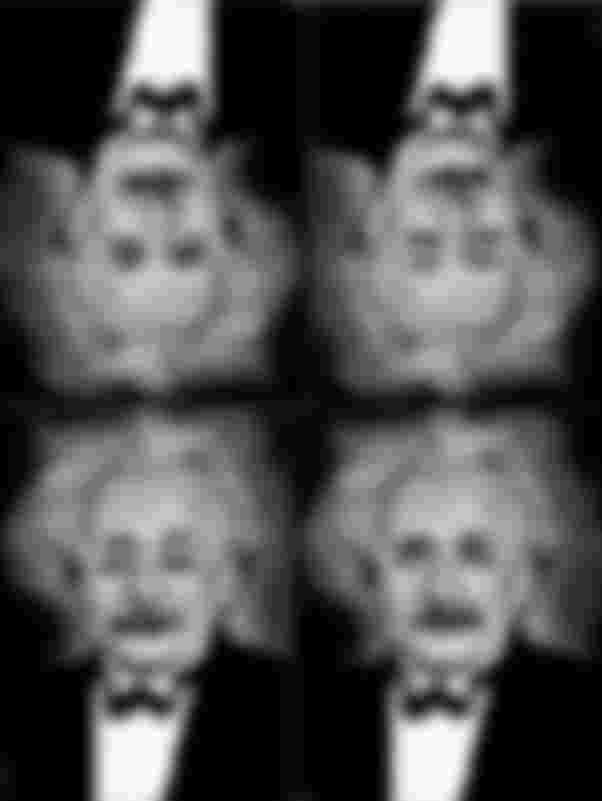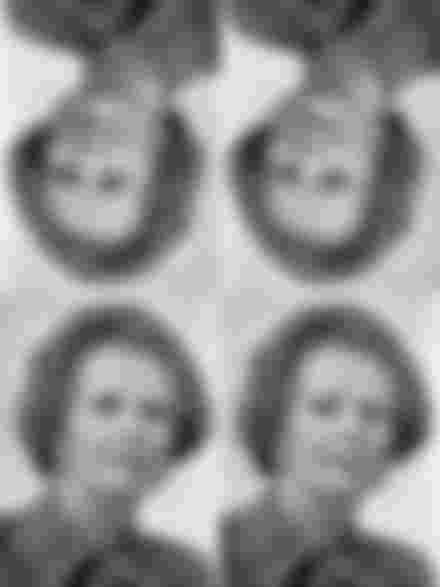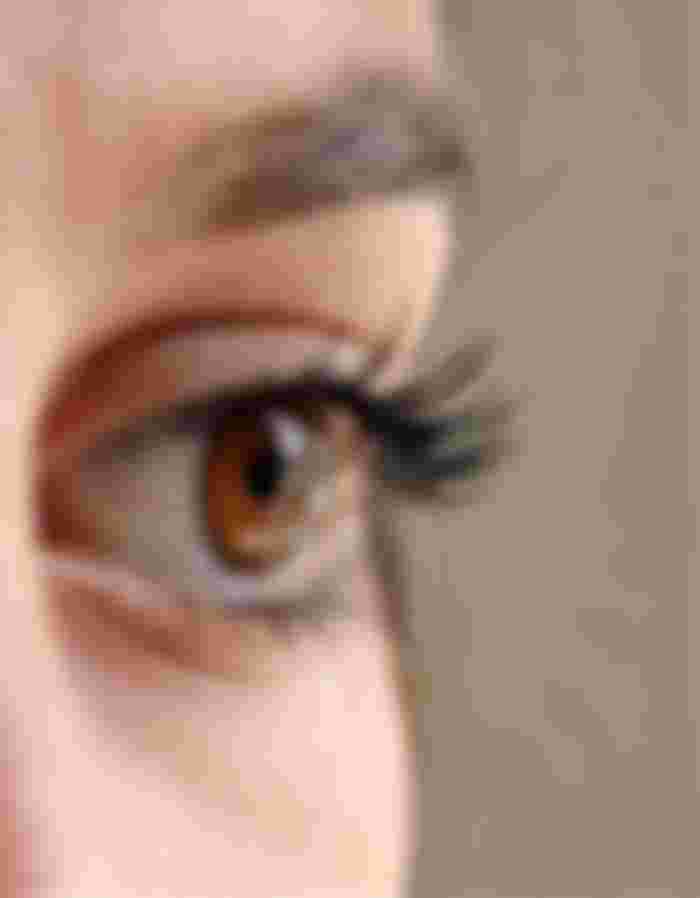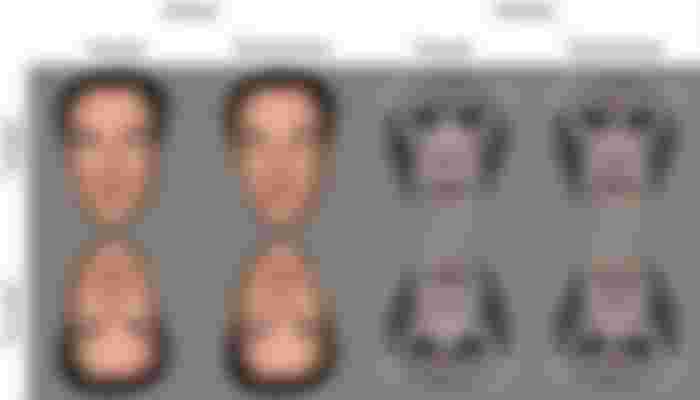One of the best known optical illusions is the Thatcher Effect, which is a phenomenon in which a human face is modified, turning it upside down, but keeping in normal position both the eyes and the mouth, the person who sees it is not able to appreciate anything strange in the image, recognizing without problems the face, if it is of someone famous or known.
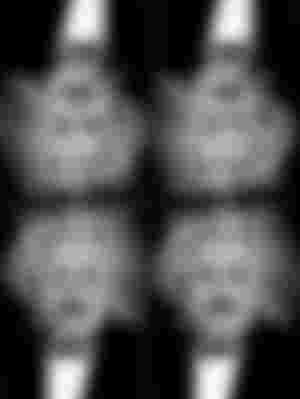
It is important to highlight something curious and that is that, when the photograph is turned and put back in its standard position, being, this time, both eyes and mouth in the opposite position, then it causes a powerful effect of rejection in the person who is seeing it, so he realizes immediately that something is wrong in the image, being something that should not be in a common face for the person.
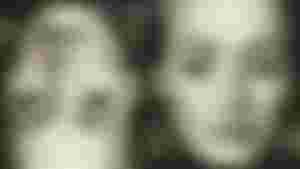
Its name is due to Peter Thompson, a professor of psychology who was doing experiments based on modifying the faces of photographs for a study on perception. However, he managed to discover this phenomenon, so one of the first photographs used were those of the then Prime Minister of the United Kingdom, none other than Margaret Thatcher.
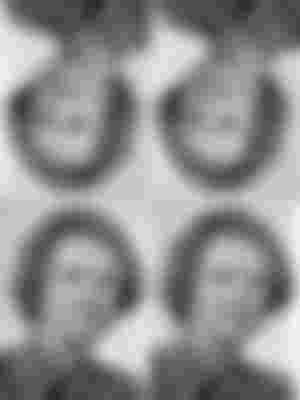
What are the causes?
Well, we already know a little about what this illusion is based on, so it is time to delve into the processes that allow this optical illusion to take place. It could be said that the key to it lies in the mechanisms used by our brain to identify faces, which have been acquired evolutionarily. That is, humans have two visual perception systems to recognize elements in general such as objects and faces, so that once identified what our brain does is to compare it with the mental database we have and thus we can identify it, if we know it.
I must emphasize that there is also the one that would focus on each independent element of the object or face, trying to identify the overall image through its small parts, so that in the case of the Thatcher effect when we flip the image, the first system stops working, because the inverted arrangement of the photograph makes it impossible for us to identify the image by that way. In this way, the second system comes into play, which analyzes the elements such as the mouth, hair, eyes, among others, individually.
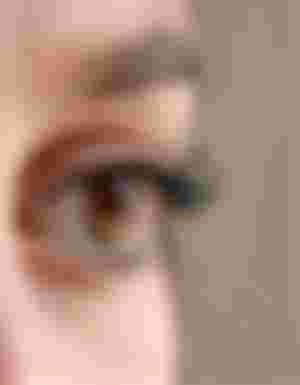
The Thatcher Effect in animals
There are many questions about whether this illusion is exclusive only in humans, so you might think so, since face recognition is a more developed ability in our species than in any other, but the truth is that no, it is not exclusive to humans. This is due to the various analyses currently in existence, which show as a result that they also fall into the Thatcher effect.
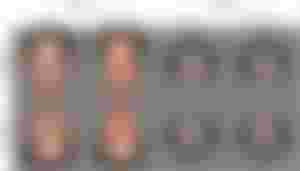
I have to admit that this subject caught my attention, since when I was able to visualize an image containing this illusion I did not see anything strange or any detail out of place until I turned the image over and I could see that some parts of the face were completely messed up or were literally on the side. This subject has impressed me!
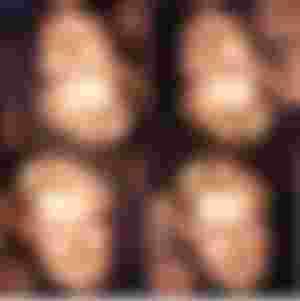
Have you heard of this effect before?
I hope you liked this article
Tell me, what did you think and what is your opinion about it?
